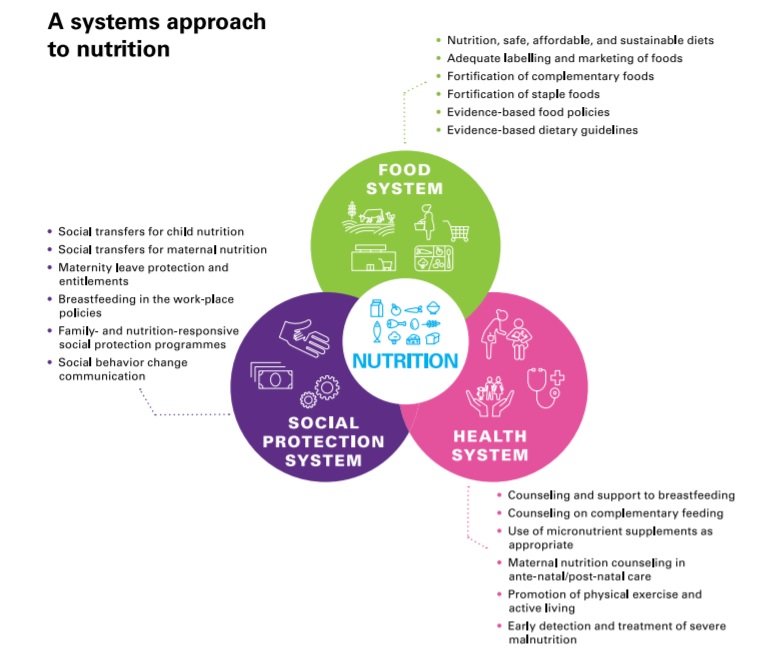7667766266
enquiry@shankarias.in
What is the issue?
The National Family Health Survey (NFHS)-5 shows negligible gains in nutritional outcomes in under five children which needs urgent focus.
To know more about NFHS-5, click here

Reference